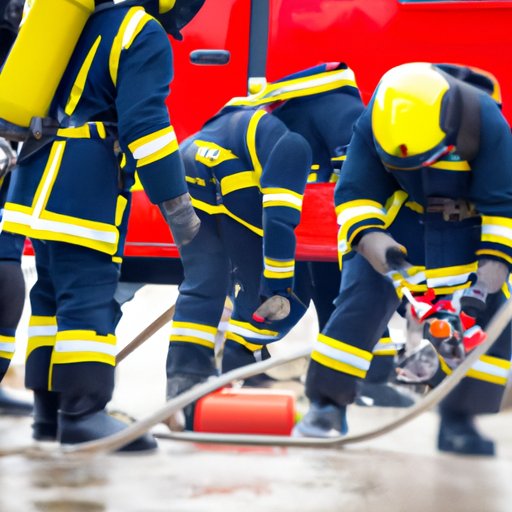PFAS-Free Turnout Gear: A Guide to Eco-Friendly Firefighting Options
Firefighters depend on turnout gear for safety, but growing concerns about PFAS (per- and polyfluoroalkyl substances) in this gear are prompting a shift. Known for their persistence in the environment and potential health risks, PFAS are becoming a focal point for eco-friendly firefighting solutions and legal scrutiny.

Why is PFAS-Free Turnout Gear Important?
PFAS are synthetic chemicals prized for their resistance to heat, water, and oil, making them prevalent in firefighting gear. However, these "forever chemicals" linger in the environment and human body, posing health risks such as cancer and hormonal disruptions (EPA, 2024). By May 2025, state laws are expected to further address these issues. Firefighters in Nationwide, United States are increasingly pursuing legal action against manufacturers for not warning about these dangers (NIH, 2024).
What Are the Legal Implications of PFAS Exposure?
The legal landscape surrounding PFAS exposure is intricate and evolving. Firefighters affected by PFAS in their gear may seek legal recourse against manufacturers for inadequate warnings and safety measures (CDC, 2024). Successful lawsuits have led to significant settlements and heightened awareness. Firefighters typically seek compensation for medical expenses, lost wages, and other damages. As more information becomes available, legal frameworks are likely to expand, providing additional avenues for redress.
What Are the Eco-Friendly Alternatives to Traditional Turnout Gear?
Manufacturers are innovating PFAS-free turnout gear using alternative materials that provide protection without health risks. These innovations include natural fibers and advanced synthetic materials that eliminate the need for PFAS while maintaining water and heat resistance. These eco-friendly options meet stringent safety standards, ensuring firefighter protection while reducing chemical exposure.
What Challenges Exist in Adopting PFAS-Free Gear?
Adopting PFAS-free gear presents challenges, primarily due to cost, as eco-friendly alternatives can be more expensive. Resistance to change within fire departments also poses a hurdle. However, the long-term health benefits and potential legal liabilities offer strong incentives for transition. Grants and funding opportunities can assist departments in acquiring PFAS-free gear, mitigating initial costs and encouraging widespread adoption.
FAQs About PFAS-Free Turnout Gear
- What are PFAS and why are they used in turnout gear? PFAS are synthetic chemicals used for their resistance to heat, water, and oil, making them ideal for firefighting applications. However, they persist in the environment and pose health risks.
- Are there legal actions related to PFAS exposure in firefighting gear? Yes, firefighters affected by PFAS exposure may pursue legal action against manufacturers for failing to warn about risks and lacking safety measures.
- What are the alternatives to PFAS-containing turnout gear? Alternatives include gear made from natural fibers and advanced synthetic materials that do not require PFAS, offering protection without health risks.
- How can fire departments transition to PFAS-free gear? Departments can explore grants and funding to support acquiring PFAS-free gear. Ongoing research enhances the safety and effectiveness of these alternatives.
- What are the health risks associated with PFAS exposure? PFAS exposure is linked to health conditions like cancers, hormonal disruptions, and immune system compromise, due to their persistence in the body and environment.
How Can Fire Departments Take Action for Safer Practices?
Transitioning to PFAS-free turnout gear is essential for firefighter health and environmental protection. Fire departments across Nationwide, United States should explore eco-friendly alternatives and consider the long-term benefits of safer gear. By prioritizing health and safety, departments can reduce legal risks and contribute to a sustainable future for firefighting.


